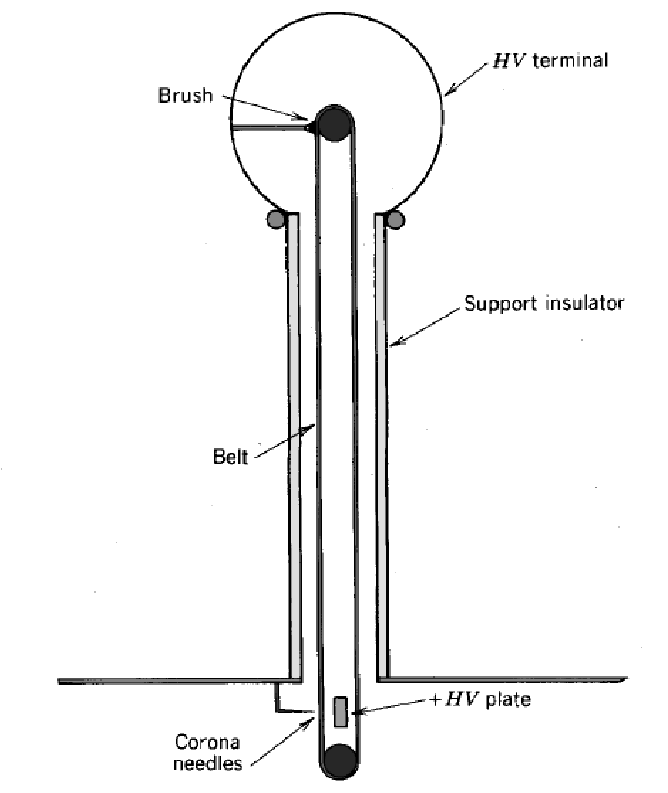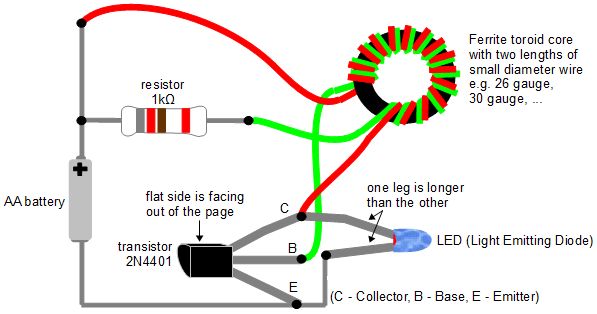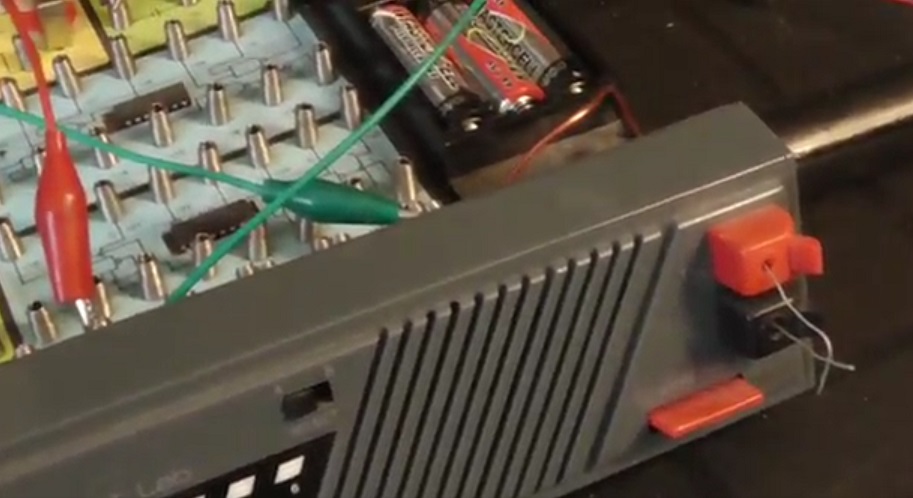
Condenser and a Van De Graaff (Spark Gap
Transmitter).

A primitive transmitter with primitive
parts.!
I
gave myself the challenge of building a most simple form of
transmitter. Needling no or very little input power to possibly
work the world on the Ham Radio HF bands.
For the sake of science and experimentation. Not to be used in
real world on an external antenna today of course, As these
Spark type of radio transmitters have been
banned world wide long ago because the simplicity comes at a
cost. This type of circuit produces wide band harmonics across
the radio spectrum. How ever. As far as
getting the job done as of being a simple fail safe method of
communicating world wide. The spark transmitter does indeed get
the job done. No Tubes and no
Transistor. Not even a tunnel diode. This is a very interesting
method of moving radio frequency energy into the air.
Here is the typical circuit diagram of a simple spark gap
transmitter.
 Looking at this. It is simple to observe that
all I really need is
Looking at this. It is simple to observe that
all I really need is
a source of high voltage and a spark gap (interruption) setup.
When you do this in a Tesla like system. Adding an external
antenna will cause the RF to radiate away.
Following the circuit diagram. We now have a very crude high
voltage CW wireless transmitter.
I reasoned that I could build a very simple high voltage
generator to drive the transmitter stage with. First and most
simple method that came to mind was an electrostatic
generator. So I moved on to build one with parts I had laying
around the house.

Parts For Electrostatic Generator
-Elastic as rubber band.
-Stainless water bottle for top capacitor.
-Plastic toy frame as holder and insulation.
-Copper wick.
-1.5 volt toy DC motor to spin rubber band.
-Two 1.5 volt AA batteries to operate belt motor.
Here is the basic inner workings of the Van De Graaff.
 A rather simple
process to replicate.
A rather simple
process to replicate.
The interesting aspect of this kind of transmitter is. The RF is
not being produced by the energy stored in the AA battery. Those
batteries are simply to spin the belt. Inside the
Van De Graaff. This produces an electrostatic charge
potential. We are able to charge high voltage condensers
and short them out like any other regular high voltage
experiment.
I was able to use this as my high voltage source. Able to
produce a spark gap within a Tuned L/C circuit. This is very
much like a "Tesla" coil. With the addition of a radiating
antenna. The L/C circuit oscillates and radiates radio frequency
just fine with "electrostatic" And can in theory communicate
with the world on Ham radio HF bands.



 Looking at this. It is simple to observe that
all I really need is
Looking at this. It is simple to observe that
all I really need is A rather simple
process to replicate.
A rather simple
process to replicate. 

 I built a small high
voltage version of this. By replacing the transformer
I built a small high
voltage version of this. By replacing the transformer What your looking at is the spark
gap
What your looking at is the spark
gap 